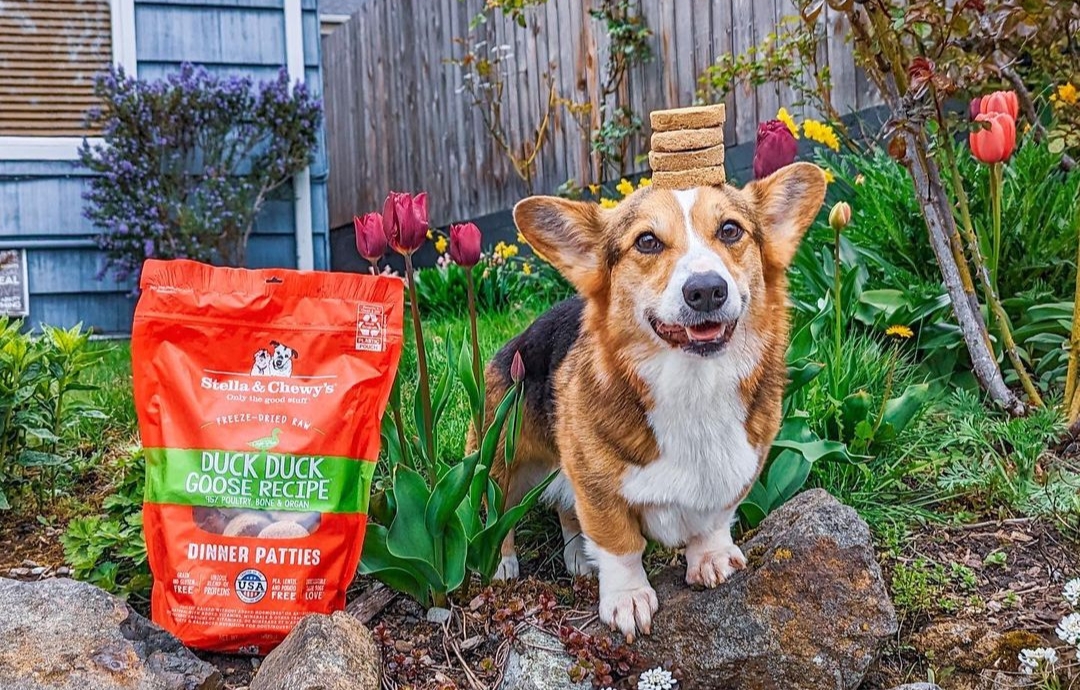July is Pet Fire Safety Month and July 15th is National Pet Fire Safety Day – but it’s always a good time for fire safety tips! Learn how to keep your dog or cat safe in case of a fire, and how to minimize the risk of fire in households with pets.
Pet Fire Safety Starts with Prevention
The best way to keep your pets safe from fire is to avoid starting one:
Cooking
- Always stay in the kitchen and keep an eye on things when you’re using the oven, stovetop, air fryer, toaster or other heat sources
- Install guards on stove knobs, remove stove knobs or get locking stove knobs so your dog or cat can’t accidentally turn the burners on/up
- Train your dog or cat to stay away from heating appliances in the kitchen
- Keep a fire extinguisher in the kitchen where you can easily grab it
Heating
- Have your furnace and chimney inspected once a year
- If you have a fireplace, never leave your dog or cat in the room unsupervised while the fire is going. Use glass doors or a screen to keep the fire safely contained.
- Don’t play with your pets near the fireplace
- Keep pet beds and other furniture a safe distance away
- Replace older space heaters with modern versions with safety features like auto shut-off, and always leave a clear area around space heaters
- Never leave your dog or cat unsupervised around a space heater
Electrical
- Use surge protectors on power strips
- Use cord protectors to keep your pets from chewing on electrical cords
- Never take the DIY approach to electrical work – always hire a qualified electrician
Candles & Incense
- Keep any open flame out of reach of your pets
- Never leave a burning candle or incense unattended
- Don’t put anything flammable within a foot of a lit candle
- Consider using flameless LED candles instead of the real thing – the light can be just as pretty without the risk!
Smoking
- If you smoke, only smoke outside. Besides the risk of fire, secondhand smoke harms your pet’s health.
- Make sure whatever you’re smoking is fully extinguished when you’re done
Christmas Trees
- If you get a live Christmas tree, keep it hydrated
- Don’t place a real or fake Christmas tree near any heat sources
Learn how to pet-proof your Christmas tree
Smoke Detectors
- Make sure you have enough smoke detectors installed in the right places & test batteries regularly
- Get monitored smoke detectors – that way if there’s a fire when you’re not home (but your pet is) the monitoring center can call the fire department
- Bonus tip: Install carbon monoxide detectors on each floor of your home – pets have smaller lungs than we do, which means a higher risk of CO poisoning
According to the National Fire Protection Association, only 790 of the roughly 350K house fires each year are caused by animals—that’s less than 1%. Make sure all the human members of your household are educated about fire safety to protect yourselves and your pets!
Have a Fire Safety Plan
Be prepared so if a fire does happen, you’ll be ready to act quickly:
- If you live with other people, decide in advance who will grab the pet(s) & pet supplies
- Make sure supplies are kept in the same place when not in use so you will not have to search for them in an emergency
- Keep a go-bag with emergency supplies near an exit – use our emergency kit checklist
- Practice a fire drill, just like in school
- Note the places your dog or cat retreats to so you can find them faster
- Train your pets to come when you call
- Put a window cling on your front window with the number and type of pets you have – firefighters will rescue your pets if they can (get free pet rescue decals from the ASPCA or easily buy online)
- Make sure your pet has a microchip & ID collar with current info in case you get separated
- If you crate your pet while you’re out, keep them near the main entrance
- If you live in an upper floor apartment or a home with 2 stories, get an emergency escape bag or lift harness for your pet so you can lower them out a window
If There’s a Fire
If the worst happens and there’s a fire, remember your fire safety plan and try to remain calm:
- If possible, grab your dog or cat as you leave – but never endanger your own life by staying in a burning building
- If you aren’t able to leave with your pet you should still grab your pet emergency kit – if they make it out on their own you’ll need it
- Never go back inside a burning building. If you couldn’t escape with your pet, leave the door open and call to them from a safe distance
- When firefighters arrive, tell them if your pet is still inside
- Know the signs of smoke inhalation in pets. Symptoms can show up right away or even the next day (lethargy, wheezing, inflammation around the eyes/mouth). If you notice any of these, take your pet to their vet right away
Keep learning about pet safety with tips for keeping your pets safe around pools, and what you need to know about pet first aid.








